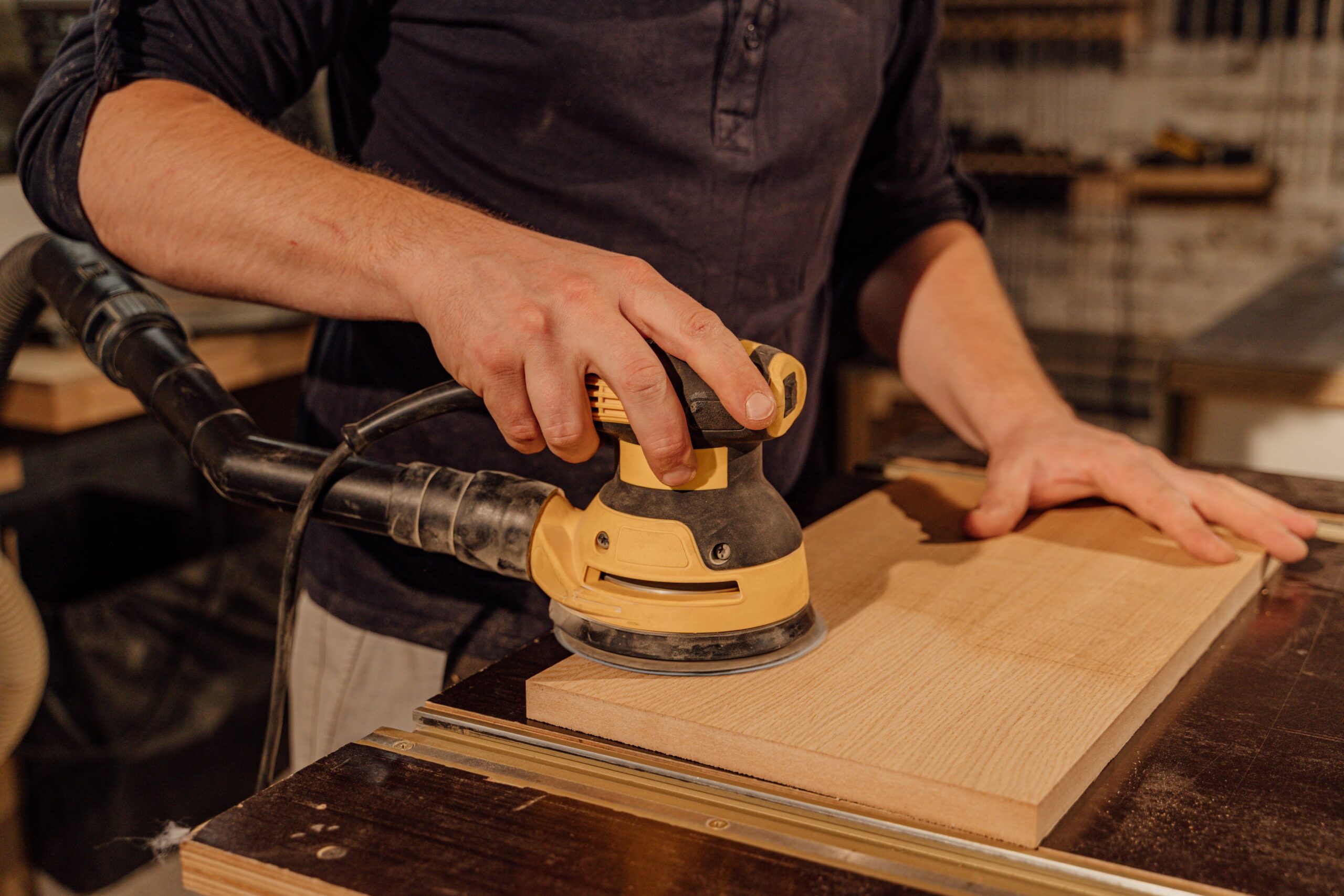Perfecting Your Craft: A Comprehensive Guide to Sanding Tips for Woodworkers

Sanding is an essential step in woodworking that demands precision, patience, and a keen eye for detail. Popular Woodworking has offered a wealth of insights in their article on sanding tips, and in this blog post, we’ll explore and expand upon these valuable suggestions to help you elevate your woodworking projects.
Strategic Grit Selection
The foundation of a beautifully finished wood project lies in the choice of sandpaper grit. As Popular Woodworking rightly advises, starting with a coarse grit and gradually progressing to finer grits ensures a smooth and polished surface. To add a bit more nuance, consider focusing on grits in the metric system. Begin with 80 to 100 for coarse sanding, moving on to 180, 240, and beyond for that perfect finish. This strategic approach guarantees a methodical and effective sanding process.
Crafting the Ideal Sanding Block
A well-crafted sanding block is a woodworker’s best friend. We suggests a block with dimensions of 5 x 10 centimeters. This not only fits comfortably in your hand but also allows for precise control, especially in intricate areas of your project. Crafting the perfect sanding block is like giving yourself a tool that feels like an extension of your hand.

Navigate Contours with Custom Templates
Woodworking often involves intricate designs and contours. Creating custom templates aids in efficient and even sanding around curves. Translate this into metric terms by considering contours with radii ranging from 2.5 to 5 centimeters. These templates will be invaluable for maintaining the integrity of your design while achieving a flawless finish.
Optimize Dust Collection for a Cleaner Workspace
Dust is an inevitable byproduct of sanding, but managing it effectively is within your control. We suggest using dust collection ports with approximately 2-inch diameters. To refine this recommendation in metric terms, aim for ports with diameters of 5 centimeters or more. This adjustment ensures a cleaner workspace, a healthier environment, and an overall improved sanding experience.

Avoiding Burn Marks with Technique
Burn marks can be the bane of a woodworker’s existence. General practice advises keeping the sandpaper in motion and applying the right amount of pressure to prevent overheating. In metric terms, envision applying an even force equivalent to 2 to 3 kilograms with your sanding block. This technique not only prevents burn marks but also contributes to a consistent and professional-looking finish.
Sanding is the bridge between raw materials and a finished masterpiece in woodworking. By incorporating and expanding upon these insights you’ll not only refine your sanding technique but also enhance the overall quality of your projects. From strategic grit selection to crafting the ideal sanding block, navigating contours, optimizing dust collection, and avoiding burn marks, these tips will guide you towards achieving woodworking excellence. Perfect your craft, and let your woodwork projects shine with a flawless finish.
Comments
Add comment